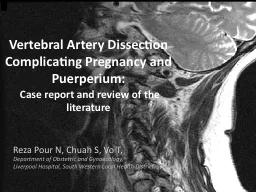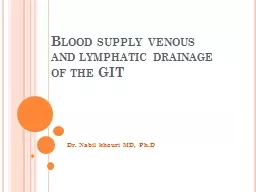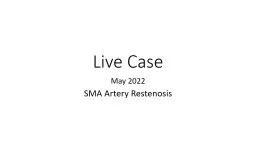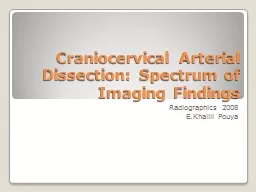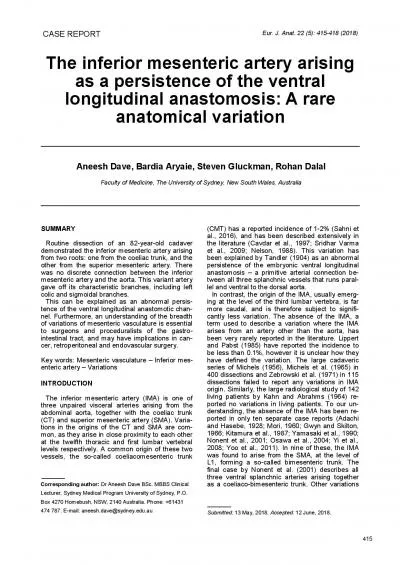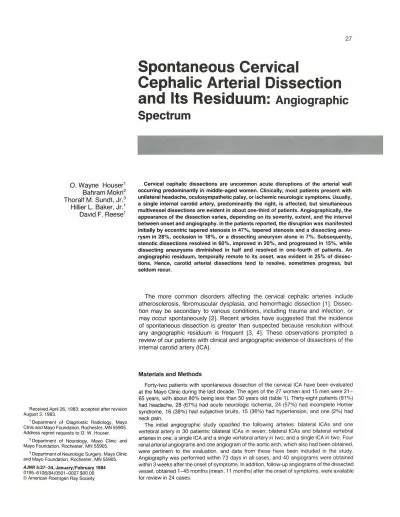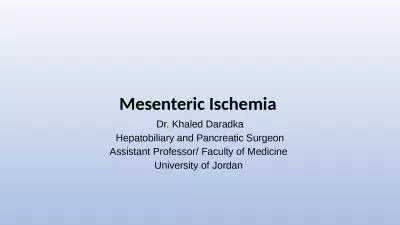PPT-Isolated Superior Mesenteric Artery Dissection
Author : GymRat | Published Date : 2022-08-01
Authors Dr Seren Peters ST2 Radiology Dr Bruce Fox Consultant Radiologist Affiliations Dr Richard Riordan Consultant Radiologist Case synopsis 61 year old male with
Presentation Embed Code
Download Presentation
Download Presentation The PPT/PDF document "Isolated Superior Mesenteric Artery Diss..." is the property of its rightful owner. Permission is granted to download and print the materials on this website for personal, non-commercial use only, and to display it on your personal computer provided you do not modify the materials and that you retain all copyright notices contained in the materials. By downloading content from our website, you accept the terms of this agreement.
Isolated Superior Mesenteric Artery Dissection: Transcript
Download Rules Of Document
"Isolated Superior Mesenteric Artery Dissection"The content belongs to its owner. You may download and print it for personal use, without modification, and keep all copyright notices. By downloading, you agree to these terms.
Related Documents


